Don’t Conflate Change Management and Change Leadership
Virtually every CEO or senior leader we talk with is challenged by change. They have an enormous list of changes to implement and teams that are not executing change as effectively as they could.
After evaluating factors like capacity, resistance, and other change challenges, leaders often comment that they need change management. While that may be true, successful change always begins with the leader.
Change LEADERSHIP is the skill leaders must constantly develop to help them set vision, inspire others to believe in the vision, and maintain alignment with the vision. This requires great communication, collaboration with others and a personal commitment to change.
- Communication – This is not just telling people about the change. As a change leader, communication involves making the case for change. This means explaining why the current state is unsustainable, what the better future state looks like, acknowledging that it won’t be easy, expressing confidence in the ability to successfully accomplish the change and clarity on how people will be impacted (the WIIFM or “What’s in it for me”.)
- Collaboration – getting people across the organization to support the change. You can’t “pitch it over the fence” and hope that the change team gets things implemented. There is work to do to enroll influencers and build a movement of support.
- Personal Commitment – the change starts with you. Leaders must be willing to do the personal work to lead by example. Change is challenging and requires resilience, courage and purposeful persistence.
Change MANAGEMENT is an approach or discipline that is applied to a specific change that is happening. Change management helps you get your people to engage in new behaviors, reduce resistance and ultimately adopt the change so you get the intended benefit.
The Association for Change Management Professionals defines change management to be the application of knowledge, skills, abilities, methodologies, processes, tools, and techniques to transition an individual or group from a current state to a desired future state, such that the desired outcomes and/or business objectives are achieved.
Both change management and change leadership matter, but if you are a leader, you need to understand your responsibilities as a leader of change. Here is a 2-minute video from John Kotter’s team on the difference.
We’ve created a free toolkit to help change leaders as they lead through multiple changes.


